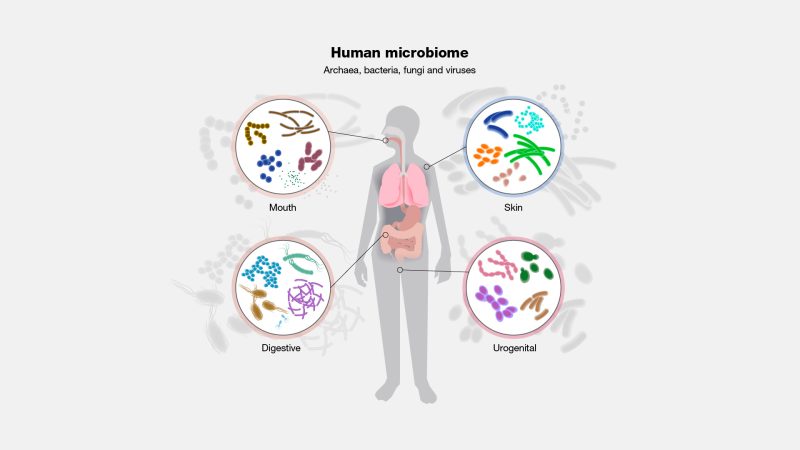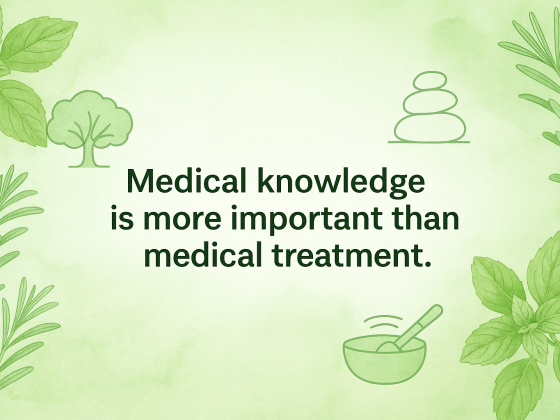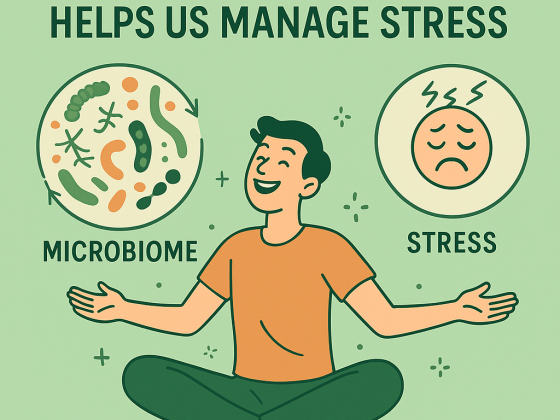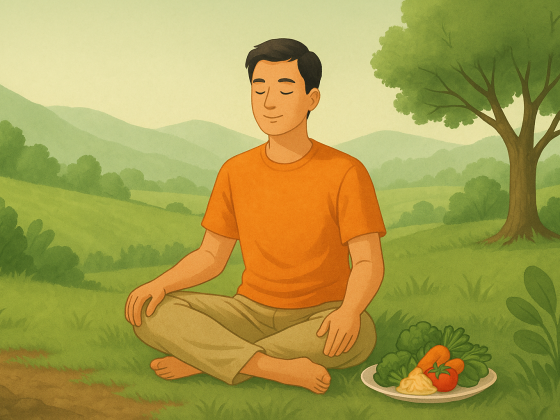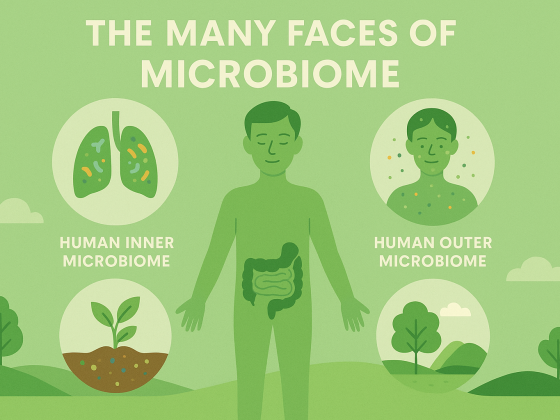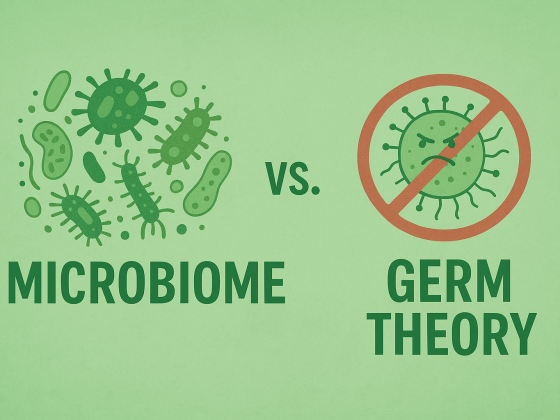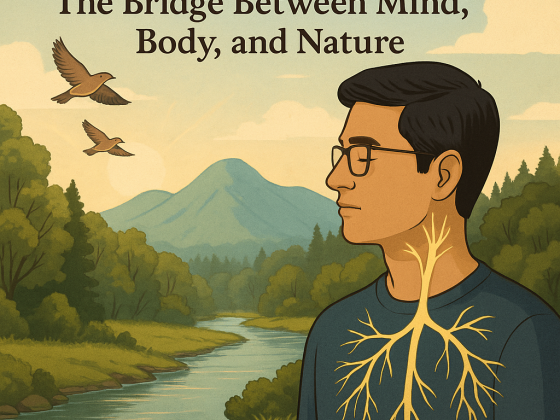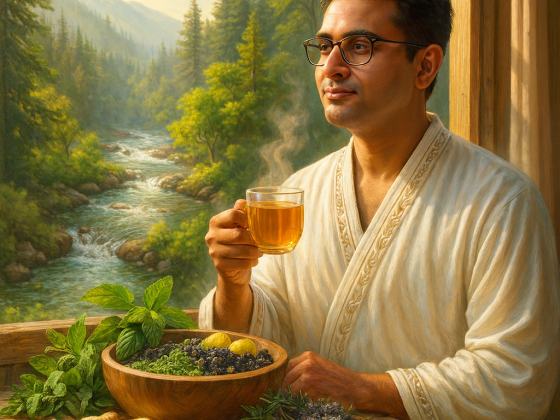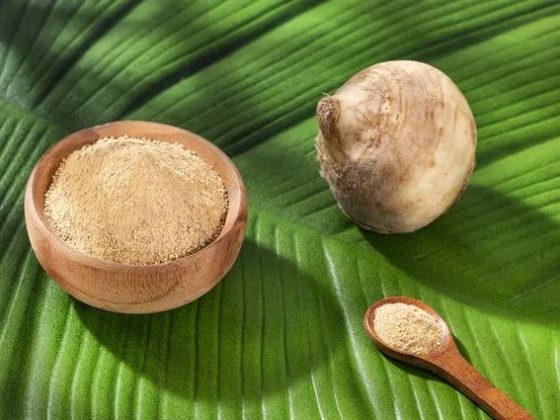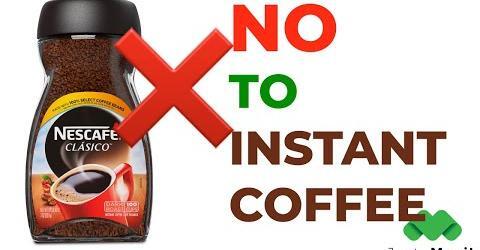When I first came across the word microbiome, I imagined a colony of invisible creatures quietly living inside us. What surprised me most was not their existence, but the fact that they are not enemies. In truth, they are friends—billions of bacteria, fungi, archaea, and even viruses that have been living with us since birth. I slowly began to see that without them, I would not be alive. They digest, they protect, they signal, and they even whisper into the language of my hormones.
This realization changed the way I look at health. It was also strengthened by the teachings of the late Dr. Awadhesh Pandey, who often said: “Medical education is more important than medical treatment.” He believed that health is not something doctors hand to us but something we build every day by how we live. The microbiome is the best example of this truth.
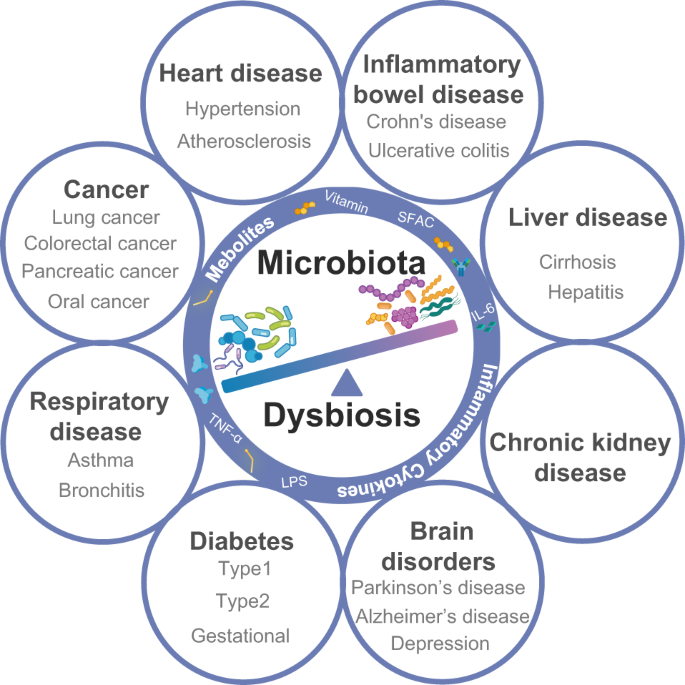
What the Microbiome Really Is
The microbiome is not just about the gut. It is the vast genetic library of all the microbes that live in and on our body. Think of it as a hidden organ, though not one with flesh or bone—it is made of communities. These communities live in the mouth, the skin, the lungs, the reproductive tract, the gut, and even the urinary system. Each place has its own balance, its own ecological rules.
We also live within an external microbiome. The air we breathe, the soil under our feet, the plants we touch, even the pets in our homes—all of these seed our inner world. When I walk in a forest, touch soil, or sit by a river, I am not only calming my mind but also enriching my microbial diversity. In Dr. Pandey’s words, “Nature is the silent doctor.” Science now supports this: exposure to biodiversity outside nourishes the biodiversity within.
How Microbes Shape My Body
The gut is the capital city of this hidden kingdom. The bacteria there digest fibers I cannot break down, turning them into short-chain fatty acids that feed the lining of my colon, strengthen my immune system, and even affect my mood. When my diet is colorful and rich in plants, I can almost feel that capital city thriving. But the mouth, lungs, skin, and other regions are just as important—like smaller cities connected by trade routes. A disruption in one can echo in another.
The most surprising discovery for me was how microbes influence hormones. The so-called estrobolome in the gut helps recycle estrogen. Certain gut bacteria affect serotonin production, which is why stress and gut health are so tightly linked. Cortisol, our main stress hormone, can suppress microbial diversity, yet at the same time, healthy microbes help regulate cortisol’s impact. It’s like a dialogue—my microbes and my hormones are always negotiating balance.
What I Learned from Dr. Pandey
Dr. Pandey’s philosophy fits perfectly with what modern research says. He taught that food should be alive, not lifeless. Whole grains, fresh vegetables, fermented foods—all of these, he said, were not just nutrition for us but for our inner companions. He urged people to spend time in natural light, breathe fresh air, touch soil, and walk barefoot. He saw antibiotics as blessings when needed but warned against their careless use, knowing they wipe out allies as well as enemies. His advice was simple: heal the terrain, and the terrain will heal you.

I still remember his words about gentleness—he said that our inner systems don’t always need force, they need kindness. That kindness, I believe, is what keeps the microbiome flourishing.
When the Balance Breaks
I have also learned what throws the microbiome into chaos. Processed foods, artificial sweeteners, chemical preservatives—they thin out microbial diversity. Stress and sleepless nights do the same. Over-sanitizing the skin or mouth in the name of “cleanliness” often backfires. And unnecessary antibiotics, as life-saving as they can be, often leave scars in the microbial world that take months to heal.
When these habits pile up, the body begins to complain. It could be bloating, brain fog, skin flare-ups, mood dips, or unstable blood sugar. These are not random curses—they are signals that the balance of my internal ecosystem has been disturbed.
My Way of Nurturing the Microbiome
Over time I have built small daily rituals that help me restore and maintain this balance. I eat a wide range of plants, aiming for diversity rather than perfection. I add fermented foods—sometimes kimchi or sauerkraut—in small amounts, listening to how my body responds. I respect my sleep cycle, letting my microbes rest when I rest. I spend time outside, touching soil, breathing fresh air, walking barefoot when I can. I avoid killing every germ on my skin and mouth, choosing gentler care. And I try to keep stress in check—not for peace of mind alone but for the peace of my microbes.
It’s not about controlling them. It’s about creating the right conditions for them to thrive. When they thrive, I thrive.
A Living Philosophy
For me, the microbiome is not only a scientific subject—it is a spiritual reminder. It shows me that I am not alone. I am a host, a home, and a partner to countless tiny beings. My health is their health, and their health is mine.
Dr. Pandey once said, “Be your own doctor first.” I believe this starts by respecting the hidden world inside us. If I nurture it with living foods, restful sleep, contact with nature, and a gentler lifestyle, it rewards me quietly: clearer energy, steadier moods, resilient immunity, and a sense of harmony that no pill can create.
The microbiome has become my teacher. It tells me that health is not about waging war but about keeping peace. It reminds me that life is not sterile, it is symbiotic. And it proves, every single day, that nature’s smallest voices can shape my biggest destiny.
Note
This is my personal reflection, based on my journey and what I’ve learned from Dr. Awadhesh Pandey and current science. It is not a substitute for professional medical advice.
